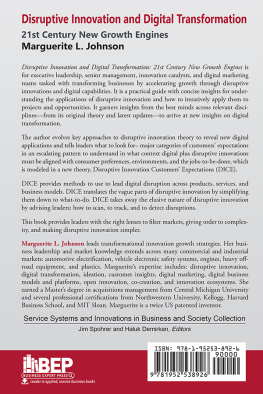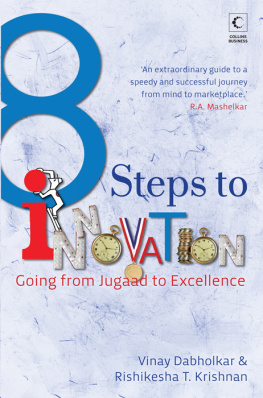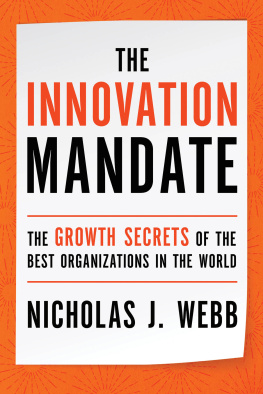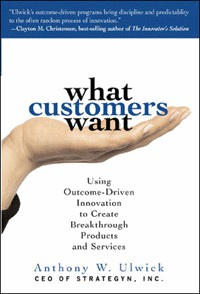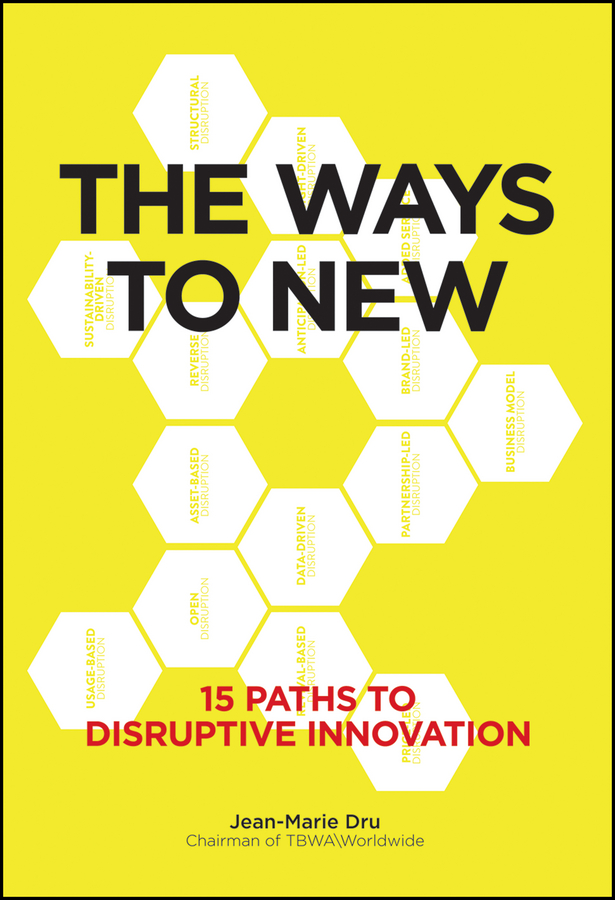
Cover design: Jean-Marie Dru
Copyright 2015 by TBWA Worldwide. All rights reserved
Published by John Wiley & Sons, Inc., Hoboken, New Jersey
Published simultaneously in Canada
No part of this publication may be reproduced, stored in a retrieval system, or transmitted in any form or by any means, electronic, mechanical, photocopying, recording, scanning, or otherwise, except as permitted under Section 107 or 108 of the 1976 United States Copyright Act, without either the prior written permission of the Publisher, or authorization through payment of the appropriate per-copy fee to the Copyright Clearance Center, 222 Rosewood Drive, Danvers, MA 01923, (978) 750-8400, fax (978) 646-8600, or on the web at www.copyright.com. Requests to the Publisher for permission should be addressed to the Permissions Department, John Wiley & Sons, Inc., 111 River Street, Hoboken, NJ 07030, (201) 748-6011, fax (201) 748-6008, or online at www.wiley.com/go/permissions.
Limit of Liability/Disclaimer of Warranty: While the publisher and author have used their best efforts in preparing this book, they make no representations or warranties with respect to the accuracy or completeness of the contents of this book and specifically disclaim any implied warranties of merchantability or fitness for a particular purpose. No warranty may be created or extended by sales representatives or written sales materials. The advice and strategies contained herein may not be suitable for your situation. You should consult with a professional where appropriate. Neither the publisher nor the author shall be liable for damages arising herefrom.
For general information about our other products and services, please contact our Customer Care Department within the United States at (800) 762-2974, outside the United States at (317) 572-3993 or fax (317) 572-4002.
Wiley publishes in a variety of print and electronic formats and by print-on-demand. Some material included with standard print versions of this book may not be included in e-books or in print-on-demand. If this book refers to media such as a CD or DVD that is not included in the version you purchased, you may download this material at http://booksupport.wiley.com. For more information about Wiley products, visit www.wiley.com.
Library of Congress Cataloging-in-Publication Data:
Dru, Jean-Marie, author.
The ways to new : 15 paths to disruptive innovation / Jean-Marie Dru.
pages cm
Includes bibliographical references and index.
ISBN 978-1-119-16797-6 (cloth); ISBN 978-1-119-21183-9 (ePDF);
ISBN 978-1-119-21182-2 (ePub)
1. Creative ability in business. 2. Technological innovations. 3. New products. 4. Organizational change. 5. Strategic planning. I. Title.
HD53.D78 2016
658.4'063dc23
2015029533
Dedication
To Marie-Virginie
DISRUPTION is a trademark owned by TBWA since 1992.
It is registered in 36 countries including the European Union, United States of America, Russia, India, Japan for services that encompass not only advertising, marketing, digital, and communication activities but also business consulting services, books, education, and training to quote just a few of the activities covered.
Foreword
If there is one phrase that I cannot stand today, it is flat is the new up. Imagine setting yourself the target of drawing every game in a season. What a depressing mind-set.
Luckily, I have had the good fortune to surround myself with people who are dreamers, creators, and innovators. One man stands at the top of that field, Jean-Marie Dru, the original thinking man, who gave the business world the theory and practice of Disruption.
Today and in the future some may find growth difficult. For extraordinary results one cannot take incremental steps. As Jean-Marie explains, we must innovate in the way we innovate. In his new book titled The Ways to New, Jean-Marie has identified and detailed a series of paths that can lead companies to make a difference through innovation.
We are living in a world highly dependent on innovation. When President Xi Jinping was asked about what would be critical for the long-term future of China, he answered: Innovation, innovation, innovation. In this context where innovation is increasingly decisive in the competition between companies, industries, and countries, it is key to use all available means in order to increase your success ratio.
True to the spirit of Disruption that has been at the heart of our company for 25 years, you won't find a formula within this book that is the cure-all for discovering and creating innovation. There is no miracle process. Disruption works through repetition, optimization, and approaching a problem with as much stimulus and inspiration at your side as possible.
Through a thorough exploration of some of today's most striking success stories, you can find new ways to inspire others to think differently about innovation.
This is what The Ways to New is all about. Enjoy.
Troy Ruhanen
President and CEO, TBWA\Worldwide
Introduction Why Marketing Should Drive Innovation
There was a time when marketing directors used to play a leading role in corporate hierarchies. That should never have changed. Because, quite simply, the role of marketing is to create growth. Organic growth: the only growth that really matters. Acquisitions may be strategic. But in the end, it is the growth of existing business that counts.
As a discipline, marketing has been through a difficult phase since the heady days of the eighties and nineties. Its importance has declined. People have grown wary of it. To such an extent that only a few years ago, marketing directors kept their jobs for barely two years on average. That can't be right.
According to management consultants Spencer Stuart, things have improved a bit. But many chief executive officers are still not entirely trusting of their chief marketing officers. That makes the latter's job harder. Even though that job consists of helping devise the company's overall strategy.
So a gap has formed between the importance of marketing, which is vital, and the way people see it. This is not healthy. Peter Drucker states the matter very plainly in his The Practice of Management, Because the purpose of business is to create a customer, the business enterprise has twoand only twobasic functions: marketing and innovation. Marketing and innovation produce results: all the rest are costs.
That tells us just how crucial marketing is. I would add that marketing and innovation should be seen as inseparable disciplines. The one strengthens the other. They are two sides of the same coin.
The Disruption methodology makes them even more closely connected. Disruption bridges the gap between marketing and innovation. On the one hand, it helps increase brand consistency and brand value. And on the other, it provides marketing teams with a tool, inasmuch as it gets them to see innovation as being an integral part of their job. This book is about this particular aspect of our method: how Disruption can help marketing drive innovation.
The first part lays out the basic principles of our approach. The heart of the book lies in the second part, which describes fifteen paths to innovation. Any company, whatever its size, whatever the field, can use any of them to renew the way it innovates. The final part then reconsiders Disruption as a whole and shows how Disruptive Brand Building can play an even larger part in the future.
(If you are only interested in case stories in disruptive innovation, go to .)
Next page

